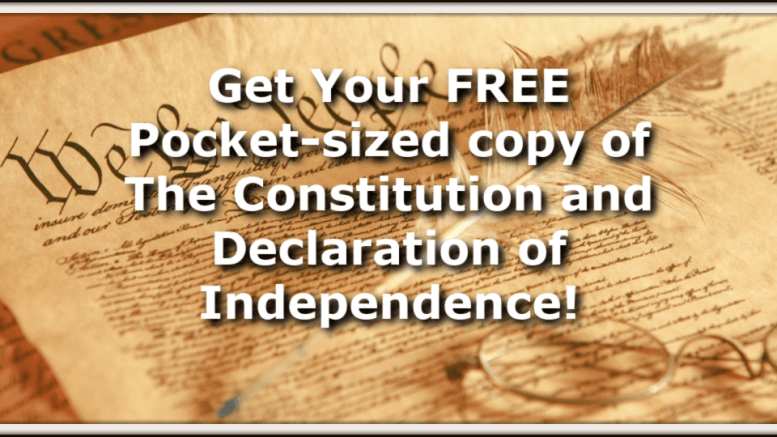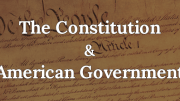Playback speed:
Knowing the difference between formal and final cause in the Constitution and Declaration of Independence helps citizens understand their distinct purposes: the Constitution’s structure and laws, and the Declaration’s principles and intent.
To have a free government, you must have a structured form of governance because a free government necessitates widespread participation. This means there must be an established system that allows people to take part, and it needs to remain stable over time to prevent constant changes that could lead to control by a few individuals. Our Constitution is the most successful example of such a system in history, lasting longer than any similar structure known since ancient times.
The Constitution is authoritative, and this brings us to why the Declaration of Independence matters. You cannot fully understand the United States without a deep understanding of both documents and their relationship.
Get Your FREE Pocket-sized copy of The Constitution and Declaration of Independence!
Click Here to get yours Today (Hillsdale Constitution Minute)
A country has borders, and within those borders is a group of citizens bound by a contract to be governed by the same system. This modern political thought aligns with the Declaration of Independence, which states that whenever a government becomes destructive, it is the people’s right to alter or abolish it and institute a new government on such principles. This implies not only a right but also a duty to establish a new set of rules and laws. Thus, the Declaration does not envision life without government. One of the primary objections against the king was his refusal to assent to laws that were wholesome and necessary, echoing classical thought where humans are seen as social and political beings needing to live under law.
The Declaration of Independence is one of the most influential documents in history, providing a framework that begins with universal principles and narrows down to specific actions. It starts broadly, applicable to all human events, and then addresses the specific grievances and actions necessary at the time. The signers of the Declaration were in Philadelphia, a risky place as Britain, the greatest sea power, sought their arrest. They pledged their lives, fortunes, and sacred honor to each other and to divine providence, highlighting the seriousness and personal commitment of their cause.
The Declaration begins with general principles that apply universally and concludes with a specific, solemn pledge. This structure mirrors the process we all undergo when making significant decisions, moving from a broad sense of right down to the particular circumstances requiring action. In the middle of the Declaration, the list of grievances against the king outlines the fundamental elements of what would become the Constitution, illustrating the continuity and foresight of the Founders in connecting these documents and their ideals.
The United States Constitution serves as the formal cause of the United States,
while the Declaration of Independence represents the final cause.
—
The Constitution as the Formal Cause:
- Framework for Government: The Constitution establishes the formal structure and organization of the United States government.
- Rule of Law: It provides the legal foundation and codifies the principles by which the nation is governed.
- Separation of Powers: Outlines the division of government into three branches—legislative, executive, and judicial—to ensure a system of checks and balances.
- Bill of Rights: Ensures the protection of individual liberties and rights.
- Amendment Process: Provides a method for making formal changes to the document to adapt to evolving needs and circumstances.
The Declaration of Independence as the Final Cause:
- Statement of Ideals: The Declaration expresses the fundamental principles and values upon which the nation was founded, such as liberty, equality, and the pursuit of happiness.
- Justification for Independence: Articulates the reasons for the American colonies’ decision to break away from British rule.
- Moral Foundation: Establishes the philosophical basis for the nation’s existence and the inherent rights of individuals.
- Vision for the Future: Sets forth the ultimate goals and aspirations for the nation, guiding its development and growth.
- Inspiration for Governance: Provides the ethical and moral vision that influences the creation and interpretation of laws and policies.
These points highlight the distinct yet complementary roles of the Constitution and the Declaration of Independence in shaping the United States.
The author generated this text in part with GPT-3, OpenAI’s large-scale language-generation model. Upon generating draft language, the author reviewed, edited, and revised the language to their own liking and takes ultimate responsibility for the content of this publication.





